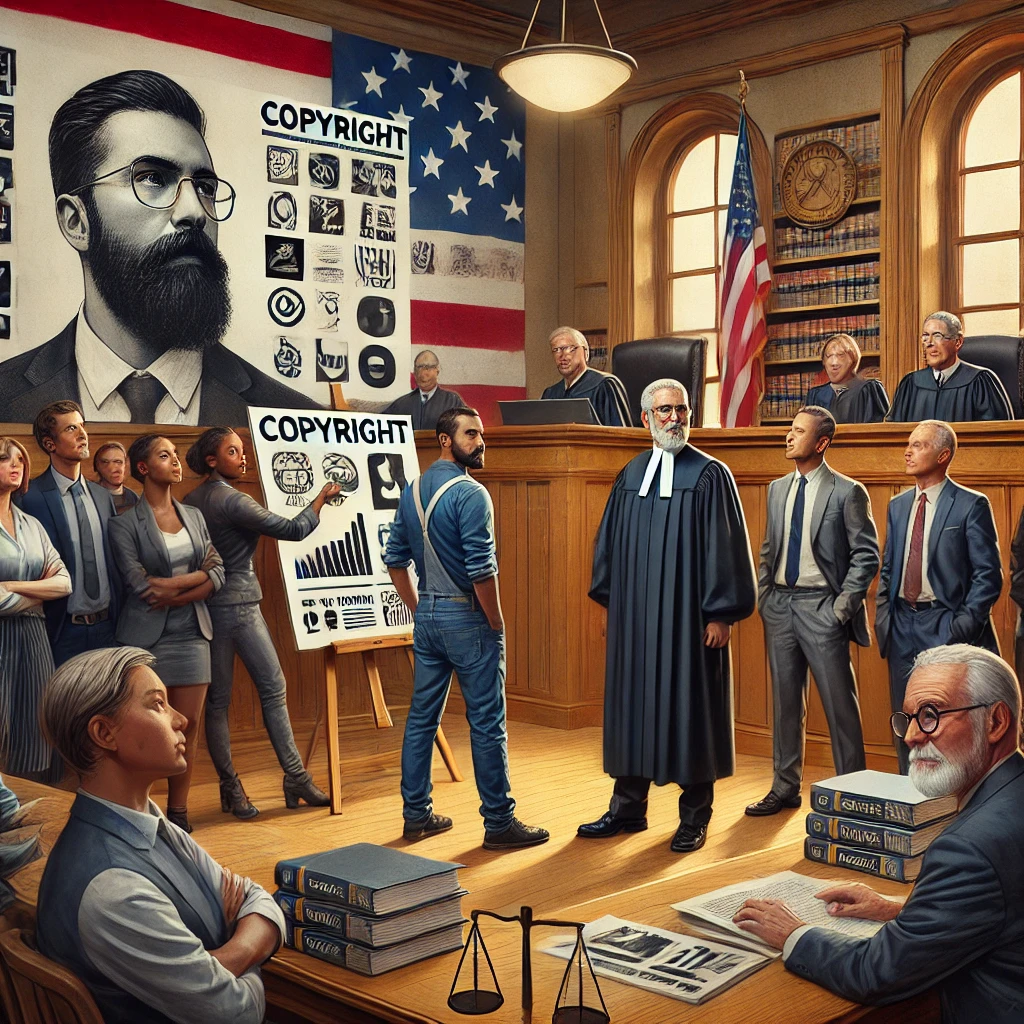The case of Albert Huckster v Elgard case brief stands as a landmark decision in the realm of intellectual property law, touching on the complexities of copyright infringement and the bounds of artistic originality. This detailed exploration provides insight into the intricacies of the case, the legal principles it tested, and the implications it holds for artists and creators across industries.
Albert Huckster v Elgard Case Brief: Background of the Case
The dispute began when Albert Huckster, a well-known graphic designer, accused Elgard, a competing firm, of copying his design concepts in their advertising campaigns. Initially, the designs in question were quite distinctive, featuring unique graphical elements and an innovative use of color that Huckster had meticulously developed over several years. Subsequently, Elgard launched a campaign several months after Huckster’s that exhibited striking similarities to these designs, consequently sparking accusations of intellectual theft.
Albert Huckster v Elgard Case Brief: Legal Issues Presented
At the core of the Albert Huckster v. Elgard case was the critical legal issue of whether Elgard’s use of similar artistic elements amounted to a breach of copyright law. Furthermore, the case posed several challenging questions, thereby setting the stage for a thorough judicial examination.
- Originality and Copyrightability: Determining whether Huckster’s designs met the threshold of originality needed for copyright protection.
- Infringement Assessment: Examining whether Elgard’s designs were substantially similar to Huckster’s, to the point of violating copyright laws.
- Fair Use Defense: Considering whether Elgard could defend the adoption of similar styles under the fair use doctrine, given the nature of advertising and the need for industry standards.
Albert Huckster v Elgard Case Brief: The Court’s Analysis
The court’s analysis focused extensively on the comparison of the contested designs, employing experts in graphic design and copyright law. The originality of Huckster’s designs was affirmed, recognizing his innovative approach to combining elements that were not individually protectable but were protected in their unique assembly.
In assessing infringement, the court looked at the overall feel of the campaigns, concluding that Elgard’s designs, while not exact replicas, were close enough in aesthetic execution to cause confusion among the consuming public. This led to a detailed discussion on the “total concept and feel” approach to copyright infringement.
Elgard’s defense hinged on the fair use doctrine, arguing that their designs were transformative and employed for a different market purpose. However, the court noted that mere change in context was insufficient to override the clear similarities and potential market harm done to Huckster.
Albert Huckster v Elgard Case Brief: NConclusion of the Case
The court ruled in favor of Albert Huckster, issuing an injunction against Elgard to cease their campaign and awarding damages for the copyright infringement. This decision emphasized protecting artistic creativity against overt imitation, setting a precedent for approaching similar cases in the advertising industry.
Albert Huckster v Elgard Case Brief: Implications of the Ruling
The Albert Huckster v. Elgard case has had profound implications in the field of intellectual property law. It has:
- Strengthened Copyright Protections: Reinforcing the rights of artists to protect their unique creations from overt and subtle forms of copying.
- Clarified Legal Standards: Providing clearer guidelines on what constitutes infringement, particularly in industries where borrowing of stylistic elements is common.
- Influenced Advertising Practices: Encouraging companies to invest in original design work rather than adapting existing concepts, thus fostering greater innovation and creativity.
The Position of Expert Testimony in the Test
One pivotal aspect of the Albert Huckster v. Elgard case was the reliance on expert testimony to discern the nuances of copyright law and graphic design. Experts from both fields provided detailed analyses of the designs in question, focusing on aspects such as color schemes, layout, and the use of symbols, which were crucial in establishing the originality of Huckster’s work. Their testimony illustrated how subtle differences in design could still lead to significant copyright infringement, thereby educating the court on the complexities of design elements that might not be apparent to a layperson.
Public Reaction and Media Coverage
The trial of Albert Huckster v. Elgard garnered significant public and media attention, thereby highlighting society’s increasing concern over copyright issues in the digital and advertising realms. Numerous media outlets extensively covered the trial, frequently emphasizing the potential repercussions for smaller artists and designers facing similar challenges. Moreover, this extensive public discourse significantly advanced a broader conversation about the crucial importance of protecting intellectual property in a rapidly digitalizing world where one can effortlessly copy and disseminate designs.
Future Predictions: The Ripple Effect in Copyright Law
The aftermath of the Albert Huckster v. Elgard case has led legal analysts to predict a ripple effect in handling future copyright disputes, especially in creative industries. Significantly, frequent citations of the case in subsequent copyright disputes have established it as a benchmark for assessing artistic originality and infringement. Legal experts propose that the decision will likely prompt more stringent scrutiny of advertising campaigns and, potentially, lead to an increase in copyright litigation as creators endeavor to protect their work more aggressively.
Educational Impact and Legal Precedents
In legal education, the Albert Huckster v. Elgard case has become a staple in intellectual property coursework, often used to teach law students about the intricacies of copyright law. It serves as a real-world example that helps clarify the application of legal principles in complex copyright cases. Additionally, this case has set precedents that influence current legal practices, reinforcing the idea that intellectual property laws evolve continually in response to new creative methods and technological advancements.
Industry Standards and Ethical Considerations
Lastly, the Albert Huckster v. Elgard decision has profoundly influenced industry standards and ethical considerations within the realms of graphic design and advertising. As a result, companies are now increasingly cautious about how they derive inspiration from existing works, frequently implementing stricter internal guidelines to ensure compliance with copyright laws. This shift not only protects original creators but also encourages a culture of innovation and respect within the creative industries, fostering an environment where new ideas can flourish without the fear of unwarranted imitation.
Conclusion
Consequently, the case of Albert Huckster v. Elgard continues to serve as a significant reference point for legal professionals and creatives alike, effectively highlighting the delicate balance between inspiration and imitation. As industries continue to evolve, the principles established in this case will undoubtedly continue to influence the boundaries of artistic expression and intellectual property rights.

